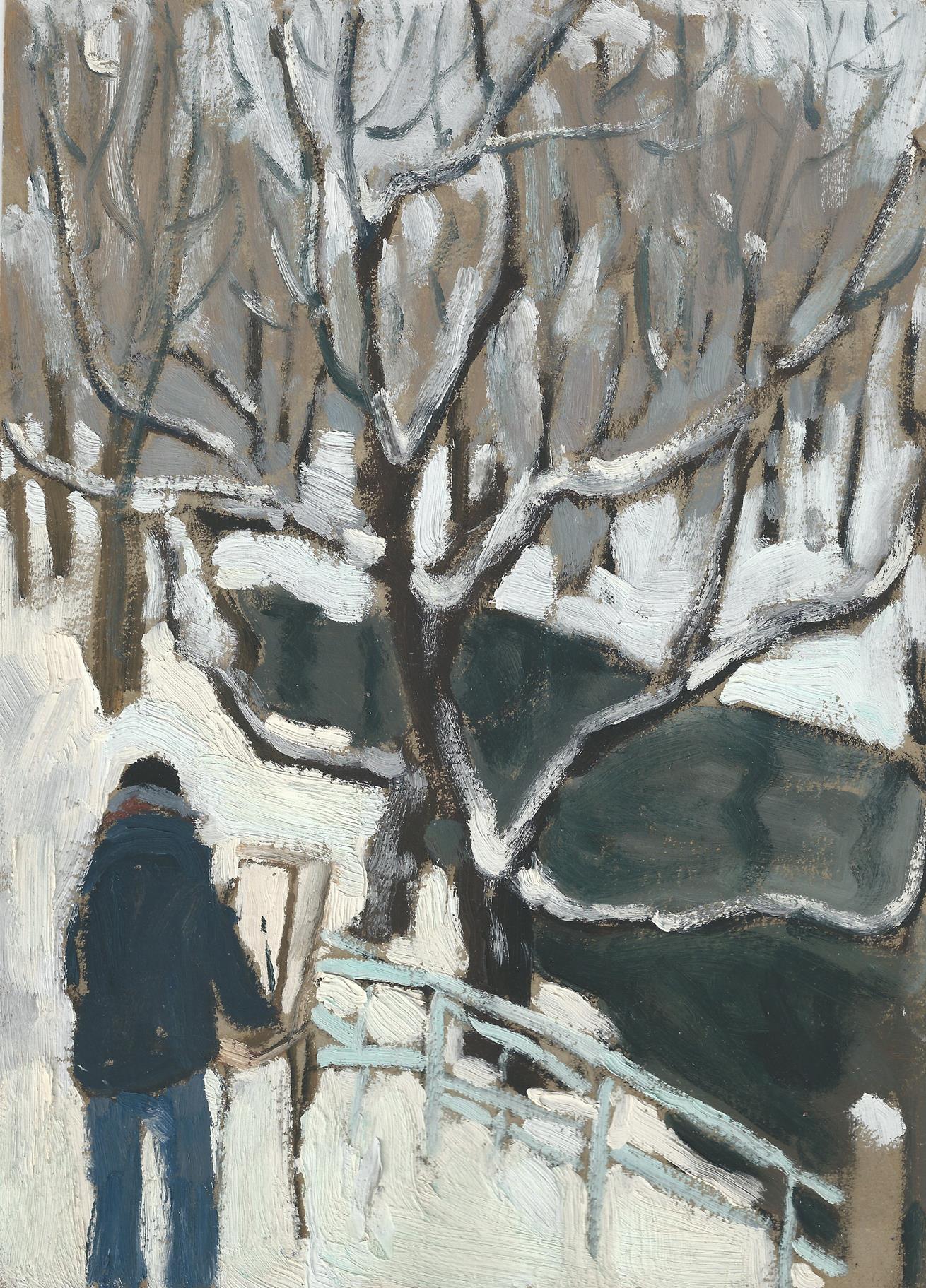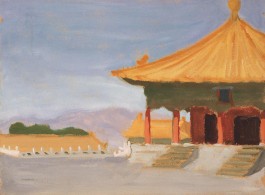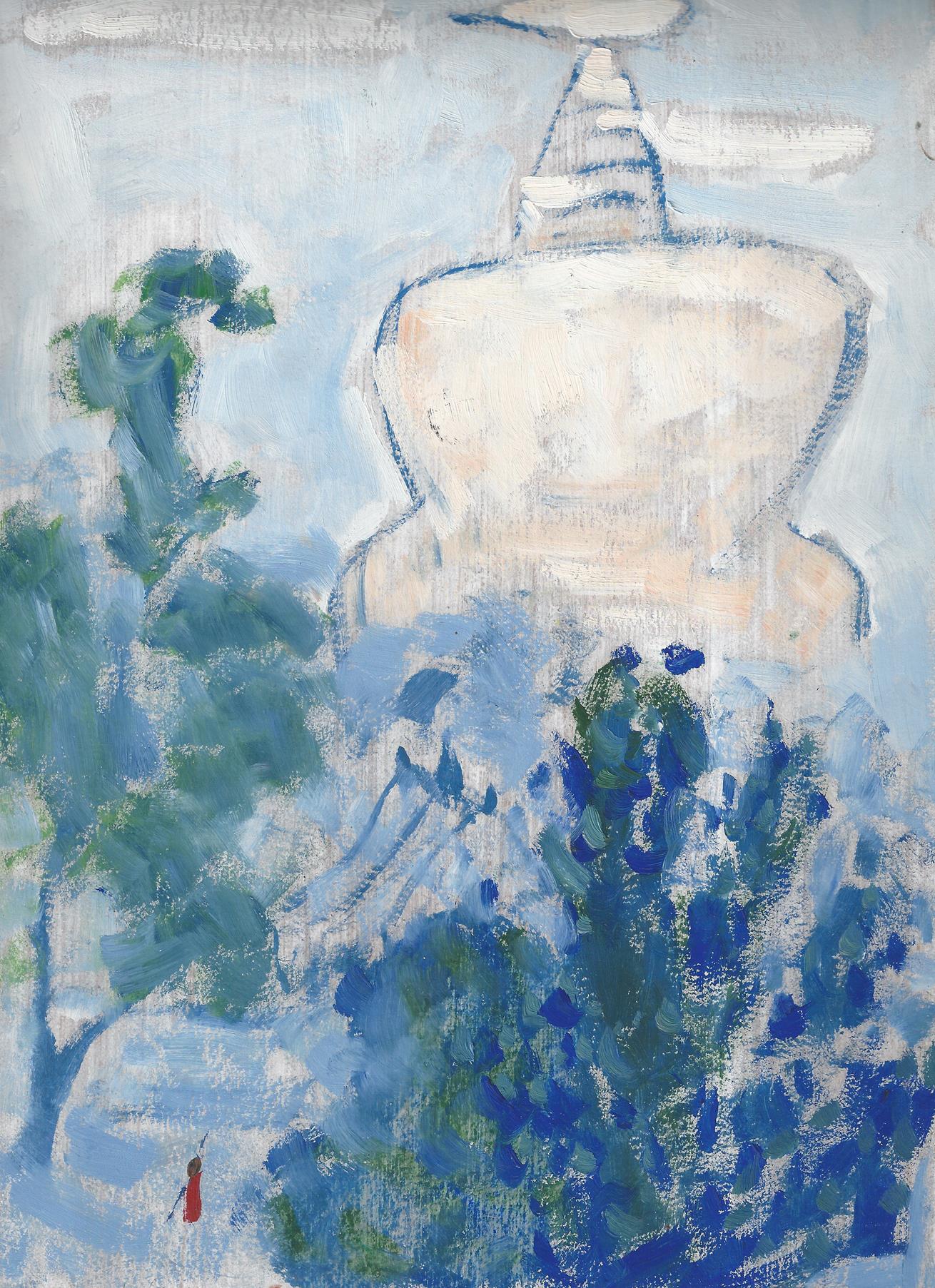[Press Release]
LI SHAN
Works from the 1970s
Opening: Friday, June 27 through August 24, 2014
Reception for the artist: Friday, June 27, 5:00 to 7:00 pm
Venue: James Cohan Gallery Shanghai
Address: 1F, Building 1, Lane 170 Yue Yang Road, by Yong Jia Road
James Cohan Gallery Shanghai is pleased to present an exhibition by Beijing-based painter Li Shan, Works from the1970s. The exhibition opens on June 27 and continues through August 24, 2014. A reception for the artist will be held on Friday, June 27 from 5 to 7 pm.
Li Shan (b. 1957) and her intimate and personal paintings occupy an essential position in shaping Chinese contemporary art as we know it today. As the youngest member of the underground painting association
known as the Wuming or “No Name” that formed spontaneously in the early 1970s, Li and her fellow artists-friends met regularly for over a decade to paint, discuss literature, art and philosophy, resisting officially sanctioned artistic directives to pursue individualism and the creation of a new sense of solidarity. Li Shan joined the group at the age of fourteen after meeting other founding Wuming artists Zhang Wei and Ma Kelu. Working alone or often alongside other members of the group in self-organised painting classes, Li took to the outdoors in the spirit of en plein air or “in the open air” painters like the French Impressionists to source her subject matter and to paint the world as she observed it. Capturing the beauty of the moment under harsh political and social conditions in those years was challenging, but the group’s excursions were never politically motivated. Though isolated by the absence of any international exchange, looking outward into the world, seeking what defines the artist as individual and to make pure art unencumbered by official dogma became Li Shan’s dissident path.

LI SHAN, Snow Scene,1970s,Shown in Wu Ming Exhibition in 1979,Oil on paper,李珊,雪景, 纸上油画,在1979年无名画会群展中展出,28.4 x 20.2cm, 11 3/16 x 7 7/8 inches
The exhibition focuses primarily on the artist’s oil paintings on paper from the 1970s, some of which were included in unauthorised exhibitions held during that time, notably in 1979. Several recent works painted during the last year are also on view. The everyday world has always been Li’s subject—Beijing’s public parks, nature, ancient gateways and architectural details of traditional residential areas or hutongs; the interior of her home and the apartments of friends where they gathered to show and discuss each others’ works. Like other Wuming artists, Li’s oil paintings on paper were scaled to fit inside a simple book bag, no larger than 29 x 39 cm or 15 x 11 inches. Her colours are soft but light-filled, at times pastel-like. Her brushwork is nuanced and seemingly casual. It has taken nearly thirty years to reclaim and rediscover Li Shan’s contribution, and the desolate beauty of Beijing she portrayed during those lingering, oppressive years. While her paintings might appear wildly un-contemporary by today’s standards or present moment, Li Shan’s paintings remain vitally relevant in attitude and artistic practice. Beyond the commonly held nineteenth or early twentieth century Western notions about painting as “windows to other realities,” Li Shan’s early works were always paintings toward a new world.




